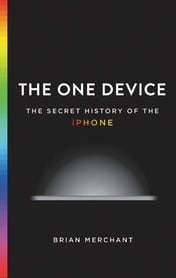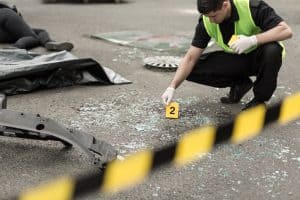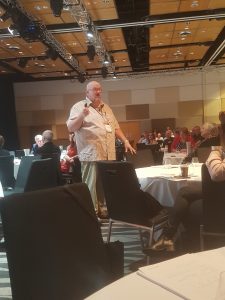James Wood was injured during work on an Australian mine site in 1985 resulting in spinal cord damage and other complications. For a long time, James has been telling his story to Australian workers for them to understand the risks they face, primarily, at work. I caught up with James on a very cold morning at a lovely café in Victoria’s Yarra Valley earlier this month.
was injured during work on an Australian mine site in 1985 resulting in spinal cord damage and other complications. For a long time, James has been telling his story to Australian workers for them to understand the risks they face, primarily, at work. I caught up with James on a very cold morning at a lovely café in Victoria’s Yarra Valley earlier this month.
SAWB: James, I heard you talk about your workplace injury and the disruption and the consequences of that at least 15 years ago at a breakfast meeting. It was extremely effective, and a powerful message. Fifteen years later you’re still doing that. Why tell your story? Why would anybody want to hear it?
JW: Well, there’s probably a couple of answers, Kevin. I share my story and my experiences because I know how my workplace accident changed my life and I know how it affected a lot of the people around me at the time. My family, workmates, friends. I believe that by sharing my story, I can give people a little bit of information about what it’s like to get hurt at work or even away from work.
I honestly hope that by telling people how I got hurt and how it changed my life, it can give people the reason to maybe use some of the training that we’re all given. To use the systems and the procedures that most workplaces have and try and stop somebody else from getting hurt.

 The community and media responses to the
The community and media responses to the 


